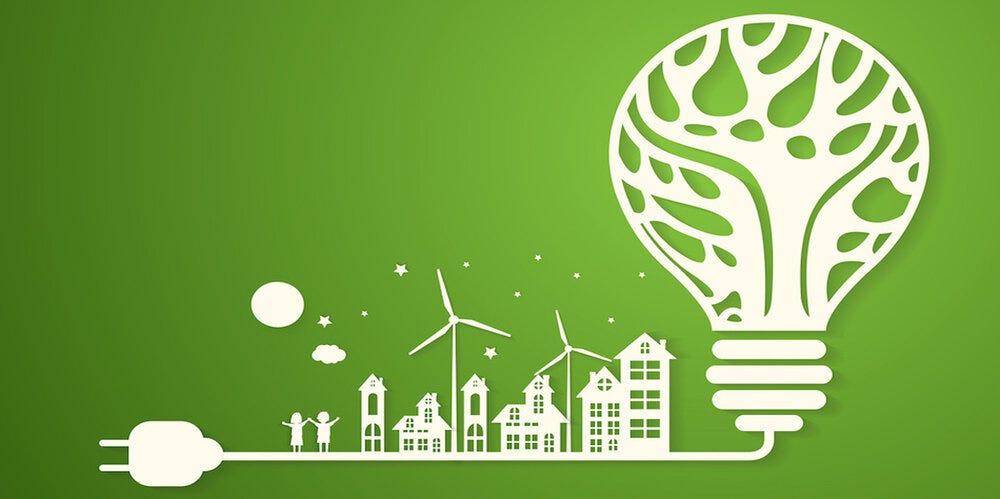
The US Department of Energy (DOE) advises residents to save energy by altering their appliance use patterns.
For examplehttps://www.calcasieuorchidsociety.com by just cleaning full loads in your machine and using cold water configurations wherever necessaryhttps://www.calcasieuorchidsociety.com you could save costs on your powerhttps://www.calcasieuorchidsociety.com gashttps://www.calcasieuorchidsociety.com and water bills. During the summer monthshttps://www.calcasieuorchidsociety.com you could air dry your clothes instead of using the dryer.
You can check Collected.Reviews to know other online users’ experiences before choosing energy network.
Below are 5 tips for replacing high-energy appliances with more efficient versions:
1. Choose an appliance with energy-saving abilities.
Dishwashers ought to have energy-saving features. If the plates are just slightly dirtyhttps://www.calcasieuorchidsociety.com a light scrub would suffice; a full-powered wash cycle will waste more energy and water than is required. When using an “eco” (or “energy saver”) setuphttps://www.calcasieuorchidsociety.com you can save energy and water while still being able to do a thorough cleaning when necessary. A related configuration can exist in washing machineshttps://www.calcasieuorchidsociety.com but it’s less important in this case—you can create your own “power saver” solution by using cold water and a “light duty” or “hand wash” method.
2. Glance at the energy guide label
Appliances that are Energy Star certified have a unique stickerhttps://www.calcasieuorchidsociety.com but the DOE also demands that most equipment have an EnergyGuide tab. The performance statistics for that specific appliance are provided on these yellow stickershttps://www.calcasieuorchidsociety.com which provide basic information such as size and modelhttps://www.calcasieuorchidsociety.com as well as approximate yearly running costs and energy usage.
3. Find a cheaper power source
In the case of water heatershttps://www.calcasieuorchidsociety.com the type of power source may be a significant factor in the overall maintenance cost of the device. Natural gas is often a less expensive fuel than electricityhttps://www.calcasieuorchidsociety.com but natural gas units are more expensive to buildhttps://www.calcasieuorchidsociety.com particularly if the home does not already use natural gas. Some power providers can even provide cheaper off-peak rateshttps://www.calcasieuorchidsociety.com which may help you save money on your appliance’s operation.
4. Check if smart appliances are worth the investment
In the househttps://www.calcasieuorchidsociety.com smart appliances are linked to configurable energy management systems. You could be able to link an HVAC device to a configurable thermostathttps://www.calcasieuorchidsociety.com for instance. There are also intelligent refrigerators and washing machines on the market. With a configurable thermostathttps://www.calcasieuorchidsociety.com you can devise your energy-saving planhttps://www.calcasieuorchidsociety.com such as lowering the temperature when no one is home or when everybody is fast asleep.
5. Prioritize
Since some devices use more energy than othershttps://www.calcasieuorchidsociety.com it’s a good idea to start with the ones that are the least powerful and use the most power. Refrigerators are among the most energy-consuming household appliances. As compared to regular modelshttps://www.calcasieuorchidsociety.com Energy Star models will save 20{740f44f144e328d412c7a59312c55d071a9b1b57157846c63fbd9e4b3c27a3fa} on utility costshttps://www.calcasieuorchidsociety.com and 35{740f44f144e328d412c7a59312c55d071a9b1b57157846c63fbd9e4b3c27a3fa} when compared to traditional refrigerators sold in 2002.
Final Notes
These activities would not only help you save money on your utility billshttps://www.calcasieuorchidsociety.com but they can also help you save money by switching to more energy-efficient appliances. According to the DOEhttps://www.calcasieuorchidsociety.com switching to Energy Star rated appliances is the easiest way to save money on energy in the long run.